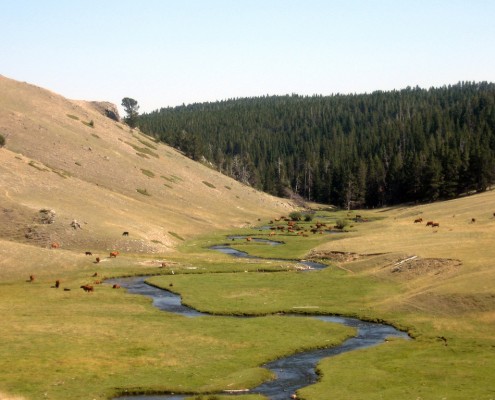
Supreme Court Ruling Tests Boundaries of Water Supply and Energy Production Along Montana-Wyoming Border
3 Comments
/
Montana and Wyoming have taken their transboundary water dispute to the Supreme Court. Wyoming won the first round. But others await in a case that will help decide how much water is really available to generate energy and to produce food in one of the nation’s driest regions, as well as who has access to that water.
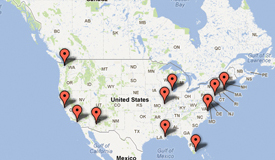
Interactive Map: U.S. Cities Acting Now to Reduce Water Risk from Climate Change
A report from the Natural Resources Defense Council describes water threats and adaptations in a dozen American cities.

St. Louis Sewer District and U.S. Justice Department Reach Record $4.7 Billion Clean Water Act Settlement
The sewer district joins more than 40 American municipalities…

China to Cap Energy Use by 2015 in National Low-Carbon Plan
The energy target will be the highlight of a document to come later this year, as well as a cornerstone of China's efforts to curb soaring greenhouse gas emissions, which currently stand at a quarter of the global total. Cutting coal consumption will inevitably also cut water use, as coal is China's largest industrial user of water.

United Nations Urges Ethiopia to Suspend Gibe III Dam Construction
In June, a committee concluded that the construction of the dam endangered the existence of Lake Turkana, the largest desert lake in the world and a UNESCO World Heritage Site.
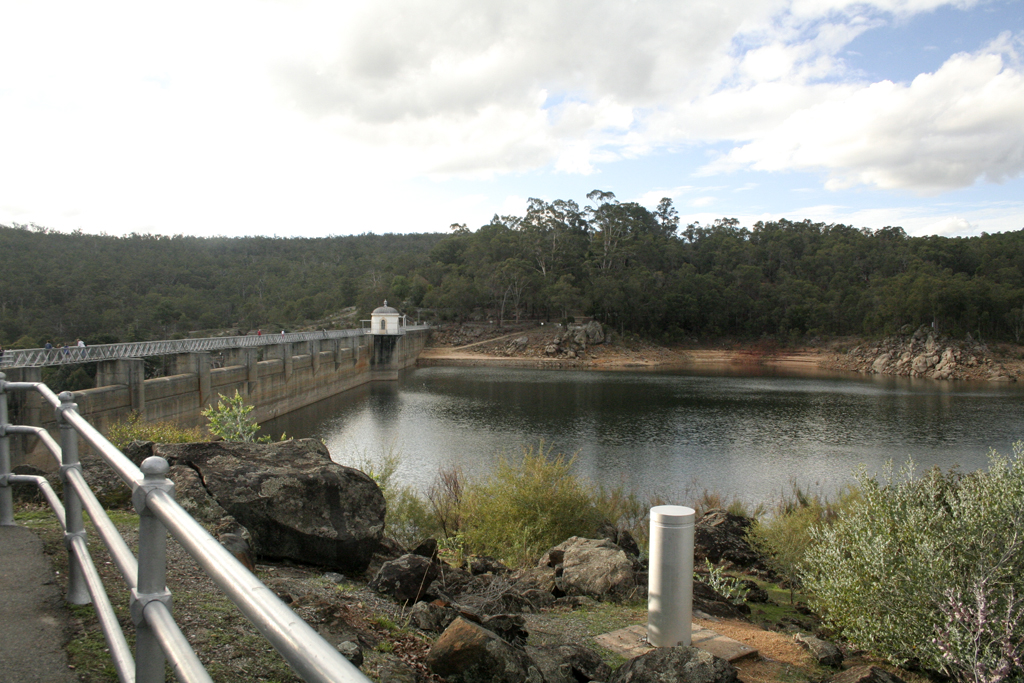
U.S. House Passes Bill to Accelerate Decision on Tar Sands Keystone XL Pipeline
If the Republican-sponsored bill passes the Democrat-controlled Senate, the final decision could come by the beginning of November.

United Nations Stalemates on Climate Change and Security
Climate change became a hot-button issue at a recent U.N. Security…
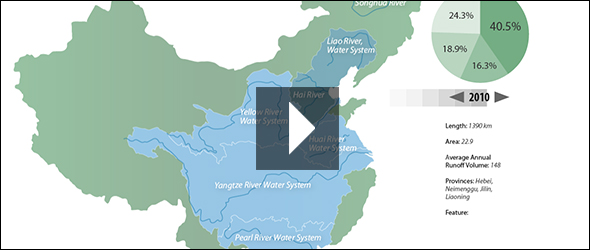
Infographic: Map of Pollution Levels in China’s Major River Basins
The seven major river basins, as a whole, have had steady improvements in water quality over the past decade.
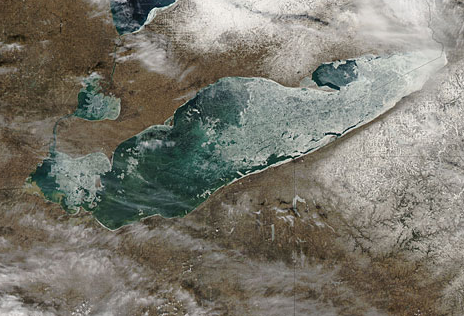
Business vs. Environment: Ohio Governor Vetoes Lake Erie Water Withdrawal Bill
The highly controversial bill set the highest thresholds for water withdrawal permits in the Great Lakes region, sparking debate between environmentalists and businesses over the use of Lake Erie water.
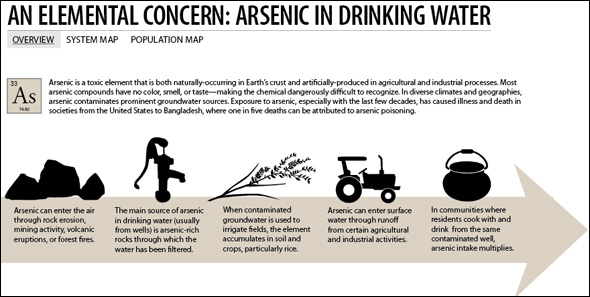
Infographic: An Elemental Concern—Arsenic in Drinking Water
Arsenic is both naturally occurring and artificially produced, and the toxin is very dangerous since it often has no color, taste, or smell. This graphic breaks down how arsenic gets into drinking water supplies and how arsenic affects the U.S. on the state level.
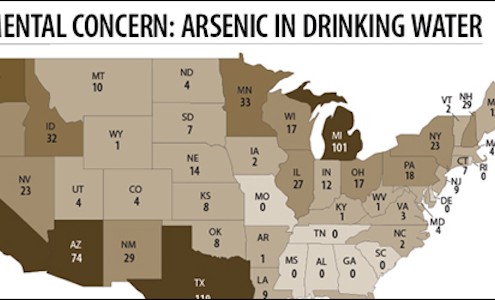
American Arsenic: After a Decade, Small Communities Still Struggle to Meet Federal Drinking Water Standards
When the EPA lowered the arsenic standard for drinking water from 50 parts per billion to 10 in 2001, there were 3,000 water systems in violation. Today, nearly a thousand still are.

Wastewater Recycled for Drinking: Low Water Reserves Prompt Australian Push
On Australia’s western coast, the city of Perth is in critical danger of depleting the water reserves held by its dams. In response, the government is pumping treated wastewater into the Gnangara Mound Aquifer.


